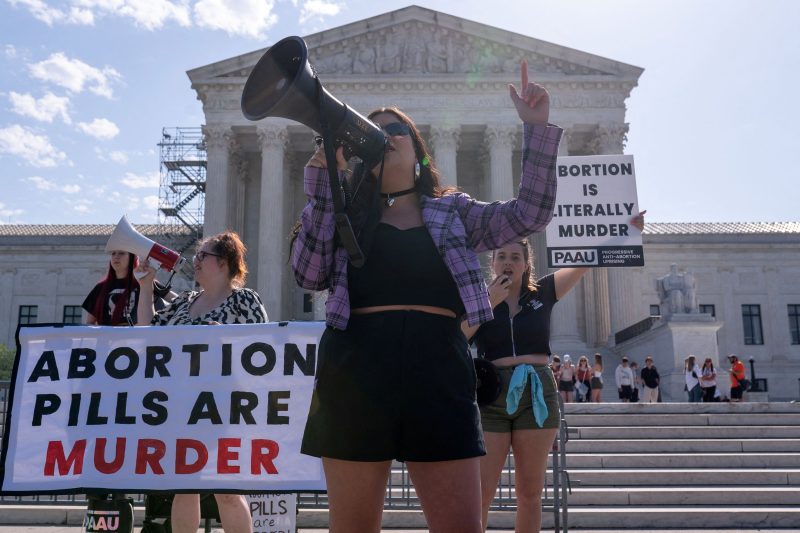The recent Supreme Court case involving restrictions on abortion pills has stirred significant debate and tension amongst those on the political right. The case, which centers on the FDA’s requirements for obtaining the abortion pill mifepristone, has brought to light the deep-seated concerns and convictions of pro-life advocates in the United States.
At the crux of the issue lies the question of accessibility to abortion services and the inherent right to bodily autonomy. Proponents of the restrictions argue that the FDA’s Risk Evaluation and Mitigation Strategy (REMS) for mifepristone is necessary to safeguard women’s health and prevent potential misuse of the drug. They contend that these regulations are in the best interest of both patients and the public at large.
On the other side of the debate are those who see the REMS restrictions as unnecessary barriers that impede women’s access to safe and timely abortion care. These advocates argue that the requirements for in-person visits to obtain mifepristone are overly burdensome, particularly in light of the ongoing COVID-19 pandemic. They assert that telemedicine and remote dispensing of the abortion pill could provide a more convenient and cost-effective option for women seeking to terminate a pregnancy.
Furthermore, opponents of the REMS regulations argue that the FDA’s restrictions are rooted in a broader agenda to restrict and ultimately outlaw abortion altogether. They see the case as part of a larger effort by anti-abortion activists and lawmakers to chip away at reproductive rights and limit women’s choices regarding their own bodies. In their view, the Supreme Court’s ruling on this case could have far-reaching implications for the future of reproductive rights in the United States.
The contentious nature of the Supreme Court abortion pill case highlights the deep divide within American society on the issue of abortion. It brings to the forefront fundamental questions about the balance between individual rights and public health, as well as the role of government in regulating personal medical decisions. As the case moves forward, it is clear that the outcome will have significant implications for women’s access to reproductive care and the ongoing battle over abortion rights in the United States.

